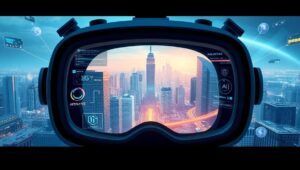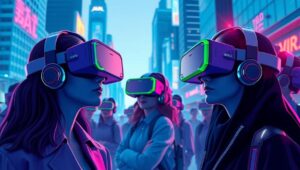May 31, 2025
Developing for Augmented and Virtual Reality (XR Experiences – 2026)
Developing for Augmented and Virtual Reality (XR Experiences – 2026) The landscape of Augmented Reality (AR) and Virtual Reality (VR), collectively known as XR (Extended Reality), is rapidly evolving. As we approach 2026, understanding the development tools, platforms, and best practices for creating XR experiences is crucial for developers and businesses alike. This article provides an informative overview of the key aspects of XR development. Current State of XR Technology Before diving into development specifics, let’s briefly examine the current state of XR: Hardware Advancements: Headsets like Meta Quest, HTC Vive, and emerging AR glasses are becoming more powerful and












